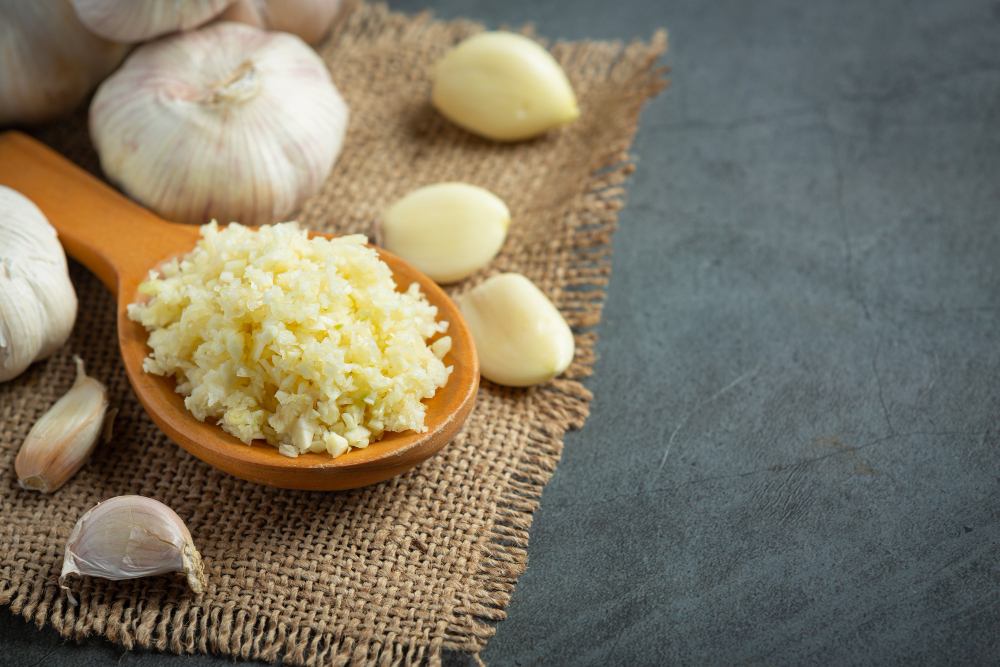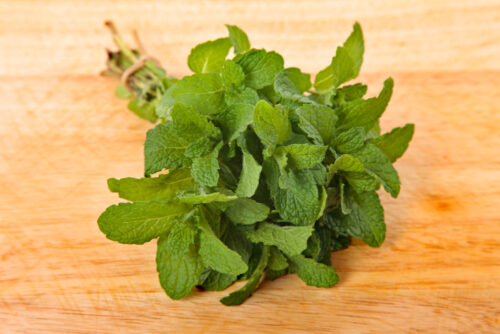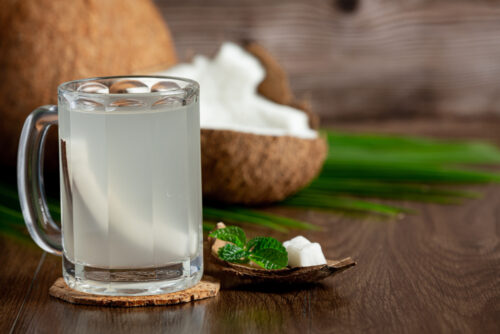Garlic is more than just a pantry staple; it’s the soulful base of countless savory dishes across cultures.
Whether raw and pungent, roasted to a sweet caramel finish, or sautéed for a mellow undertone, garlic brings complexity and depth that few ingredients can match.
From Mediterranean stews to Asian stir-fries, it’s often the quiet hero that makes a dish memorable.
But what happens when garlic isn’t an option? Then, what to use instead of garlic? Numerous quick and tasty garlic replacements can be used instead, such as shallots, leeks, and asafoetida.
Whether you’re dealing with an empty garlic jar, a dietary restriction like low-FODMAP, or a garlic allergy, the good news is that there are a variety of ingredients that can offer similar boldness, umami, or aromatic lift to your meals.
This guide will walk you through all the major garlic substitutes, both allium-based and garlic-free, and explain exactly how and why they work so you can recreate delicious results, even without a single clove.
Why Would You Need to Substitute Garlic?
Before exploring alternatives, it is essential to understand why garlic may need to be replaced. For some, it can cause digestive issues, especially those following a low-FODMAP diet, where high-fructan foods, such as garlic, are off-limits.
Others might suffer from true garlic allergies, requiring total avoidance. In some cases, it’s simply a matter of taste preference or running out mid-recipe.
Knowing your reason helps determine which substitute is right for you; some closely mimic garlic’s flavor, while others add similar depth through spice or aromatics without tasting garlicky at all.
Category 1: Garlic-Based Products (When You Still Want True Garlic Flavor)
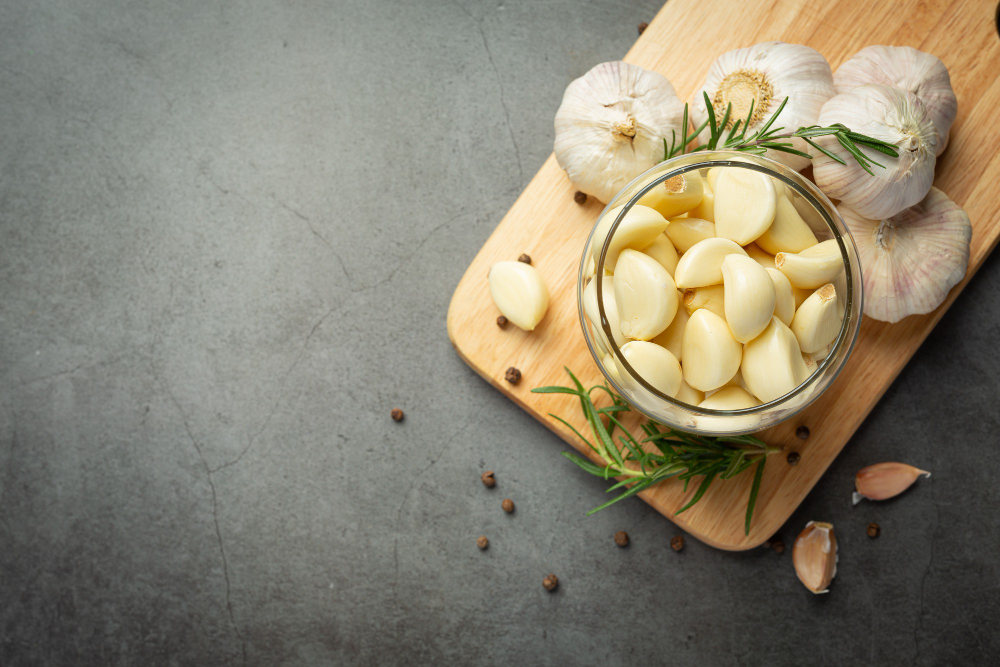
These are ideal when you want to maintain that unmistakable garlic taste, but in a more convenient and longer-lasting form.
Garlic Paste
Garlic paste is made from pureed garlic cloves, often with added oil and preservatives. It has a strong, fresh garlic flavor and blends easily into sauces, marinades, and soups.
Because it’s already processed, it saves time on chopping and delivers consistent flavor throughout the dish. Use about one teaspoon of garlic paste to replace one fresh clove.
Garlic Powder
Garlic powder is dehydrated garlic that has been ground into a fine powder. It’s more concentrated than fresh garlic and disperses evenly, especially in dry rubs or spice blends.
While it lacks the sharp bite of raw garlic, it offers a warm, mellow depth that builds as it cooks. Use roughly 1/8 teaspoon to replace a clove.
Dried Garlic Flakes
These are thinly sliced and dehydrated garlic pieces. When rehydrated in a liquid-based dish like soup or stew, they bloom with a garlicky aroma and flavor.
They offer a slightly toasted note and texture miming sautéed garlic bits. Use about 1/2 teaspoon flakes per clove of garlic.
Minced Garlic in a Jar
This option is usually preserved in water or oil and has a softer, slightly less pungent flavor than fresh garlic.
It’s convenient for quick recipes, but some find it lacks the complexity of freshly minced cloves. Still, it’s a good go-to at 1/2 teaspoon per clove.
Garlic Oil
Garlic-infused oil steeps garlic cloves in olive oil, capturing their aroma and subtle sweetness without the fibrous bulk.
It’s perfect for salad dressings, sautéing, or drizzling over vegetables. If the solids have been removed, it’s also low-FODMAP, making it ideal for sensitive stomachs. Use about one tablespoon for the flavor of one clove.
Garlic Salt
A mix of garlic powder and salt, garlic salt offers convenience but requires adjusting the overall salt content of your recipe.
It works well in dry rubs, roasted vegetables, or sprinkled on popcorn. Use about 3/4 teaspoon of garlic salt per clove, reducing the amount of added salt elsewhere.
Frozen Garlic Cubes
These are pre-portioned garlic purées, frozen into cubes, often with herbs or oil added. They provide fresh garlic flavor with minimal effort. Drop one into your pan. One cube typically equals one garlic clove.
Garlic Juice
Garlic juice is a concentrated extract from crushed garlic. It’s pungent and liquid, making it great for vinaigrettes or marinades. Use 1/2 teaspoon per clove, but go slow; its potency can sneak up on you.
Category 2: Fresh Vegetable Substitutes (Milder, but Aromatic)
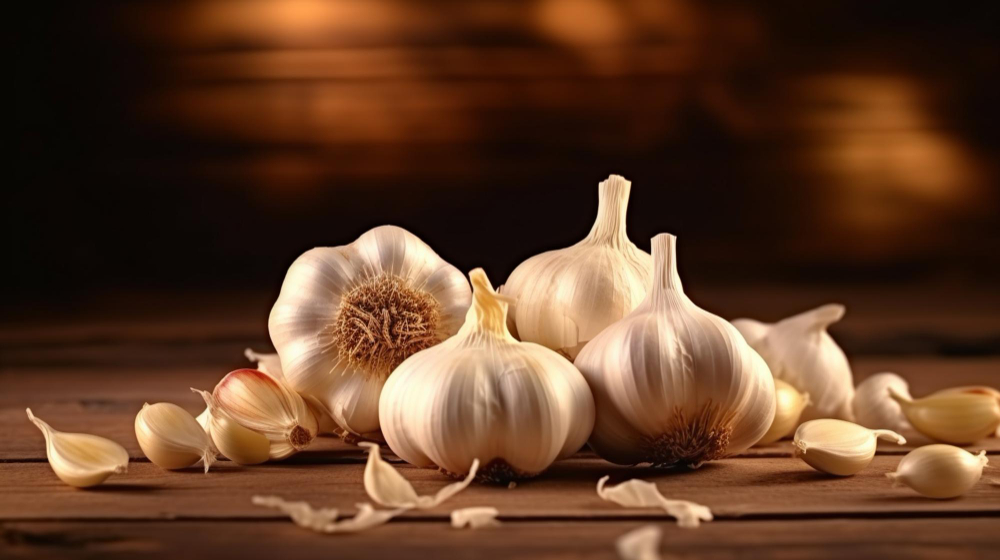 These substitutes come from the broader allium family or closely related vegetables. While they don’t always taste like garlic, they often fill the same culinary role, adding aroma, base flavor, or depth to a dish.
These substitutes come from the broader allium family or closely related vegetables. While they don’t always taste like garlic, they often fill the same culinary role, adding aroma, base flavor, or depth to a dish.
Shallots
Shallots are often described as a hybrid between onions and garlic, and while that’s botanically inaccurate, it’s a helpful comparison in terms of flavor.
They have a gentle sharpness with a hint of sweetness and a faint garlic-like undertone, making them one of the closest fresh substitutes for garlic in flavor and aroma.
Finely diced shallots can be used as a substitute for garlic in most recipes that call for sautéing or slow cooking. Because they’re milder, they won’t overpower the dish, but they still provide complexity.
Use one tablespoon of minced shallot instead of one garlic clove, and avoid overcooking, as shallots can turn bitter if browned too much.
Onions
While onions are a staple in their own right, they are often used alongside garlic for their shared ability to add savory depth.
When garlic is unavailable, onions can serve as a flavorful substitute. They offer sweetness and richness, especially when cooked down slowly.
White or yellow onions are the best substitutes if you want a versatile option. Use around 1/4 cup of finely chopped onion to replace a clove of garlic in a recipe.
Just keep in mind that while onions contribute umami and aroma, they lack garlic’s punch, so they’re better for foundational flavor than for delivering intensity.
Leeks
Leeks are milder and more delicate than onions and garlic. When cooked, they have a soft, almost sweet flavor.
They don’t bring any harshness to the dish, making them perfect in creamy soups, gratins, or anything with a mellow, aromatic quality.
Chop the white and light green parts precisely and use them early in the cooking process to allow their flavor to build.
Leeks won’t taste like garlic, but they round out the savory profile of dishes where garlic might otherwise add body.
Garlic Chives
Unlike regular chives, garlic chives have broad, flat leaves and a noticeably garlicky scent. They’re commonly used in Chinese and Korean cooking and can be eaten raw or cooked.
While they’re not as pungent as real garlic, their flavor comes remarkably close, especially when fresh.
They’re ideal in dumpling fillings, stir-fries, noodle dishes, or as a garnish. Because their flavor diminishes with heat, add them toward the end of the cooking process.
Category 3: Garlic-Free Flavor Builders (No Allium Needed)
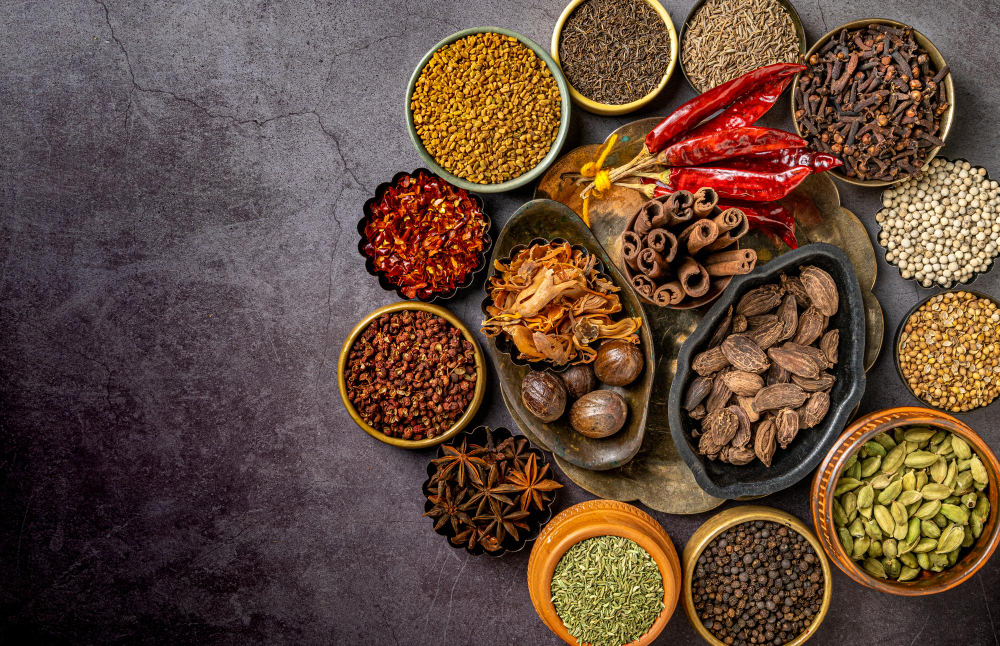 These are the best options for avoiding garlic altogether due to allergies or dietary restrictions. None of these tastes exactly like garlic, but they replace what garlic does by adding sharpness, depth, and a touch of heat or umami.
These are the best options for avoiding garlic altogether due to allergies or dietary restrictions. None of these tastes exactly like garlic, but they replace what garlic does by adding sharpness, depth, and a touch of heat or umami.
Asafoetida (Hing)
Asafoetida is a pungent, resin-based spice widely used in Indian cuisine. Its strong, sulfuric smell might be off-putting on its own.
However, once cooked in oil or ghee, it transforms into a deep, savory flavor remarkably similar to that of sautéed garlic and onion.
Asafoetida is especially helpful for those with garlic allergies or on a low-FODMAP diet, as it adds similar complexity without any allium content.
A tiny pinch, approximately 1/8 teaspoon, is enough to replace one or two garlic cloves. Always heat it in fat first to mellow its harshness and activate its flavor.
While asafoetida (hing) is often recommended as a garlic substitute, especially for people avoiding alliums due to dietary restrictions such as low-FODMAP or allergies.
It is worth noting that some individuals with severe allergies to garlic or onions may still react to asafoetida, even though it comes from an entirely different plant family.
Asafoetida is derived from the Ferula plant, a member of the carrot family, Apiaceae, not the allium family.
However, the similar sulfur compounds responsible for its pungent flavor can potentially trigger sensitivities or cross-reactivity in rare cases.
In commercial products, it’s also sometimes mixed with wheat flour or rice flour as a stabilizer, which is something to watch out for if you have gluten sensitivities or celiac disease.
So, while asafoetida is an excellent substitute for many, anyone with extreme garlic intolerance or food chemical sensitivity should try it in tiny amounts first or consult a healthcare provider before regular use.
Cumin
Cumin is an earthy, slightly bitter, and warm spice. While it doesn’t taste like garlic, it can replicate the effect of garlic in many savory recipes by creating richness and base notes in your flavor profile.
Ground cumin works particularly well in dishes that rely on garlic for depth rather than sharpness, such as chili, curry, lentil soup, or roasted vegetables.
Combining cumin with other ingredients, such as paprika or coriander, can offer a beautifully layered flavor that compensates for the absence of garlic.
Celery (or Celeriac)
Celery is often underestimated as a flavor builder. When sautéed or simmered, it releases a peppery, aromatic essence that can round out soups, stews, and sauces.
It doesn’t replicate garlic’s heat or sharpness but offers body and structure to recipes where garlic would traditionally be used as a base.
Celeriac (also known as celery root) has a stronger and more complex flavor and can be used similarly when finely diced or pureed. It’s especially useful in creamy or blended recipes.
Fennel
Fennel, whether in seed form or as a bulb, provides a sweet, slightly licorice-like flavor. It’s crisp and refreshing when raw, but when cooked, it mellows into something savory and aromatic.
Fennel seeds toasted in oil can introduce a nutty warmth reminiscent of roasted garlic. The thinly sliced and caramelized fennel bulb can offer depth and subtle sweetness, making it a creative substitute in Mediterranean or Italian dishes.
Ginger
Ginger doesn’t resemble garlic in taste, but it brings a similar zing, especially in stir-fries or Asian-inspired dishes.
It’s the sharp, fresh, and aromatic qualities that garlic often brings to the table. In recipes where garlic is used to add freshness or kick, ginger can hold its own.
Use it fresh and grated for the best effect, and consider pairing it with lemon juice or soy sauce to round out the flavor.
Horseradish
Horseradish is a spicy, nose-clearing root often used in sauces and condiments. It’s much hotter than garlic but shares its bold intensity and ability to liven up bland or heavy dishes.
It’s handy in dressings, dips, or dishes like roast beef, where garlic typically adds a punch. Fresh horseradish has more heat and nuance than jarred versions, so adjust amounts carefully.
Mustard Powder
Mustard powder provides heat, bitterness, and a savory backbone. It’s not garlicky, but in spice blends or sauces, it can simulate garlic’s edge and complexity.
It works well in creamy sauces, meat rubs, and vinaigrettes. A pinch is often enough to lift a dish, especially when paired with vinegar or citrus.
Lemon Zest
Lemon zest adds brightness, acidity, and aroma, not flavor like garlic, but a similar contrast that helps balance richness and bring out savory notes.
It’s a great substitute in raw dishes like salads, hummus, or marinades, where garlic would add sharpness. Use it alongside olive oil or herbs for a layered, garlicky impression.
Perfect! Let’s bring it all home with practical tips and ways to confidently cook without garlic while still getting rich, layered flavors.
Pairing Substitutes for Complex Flavor
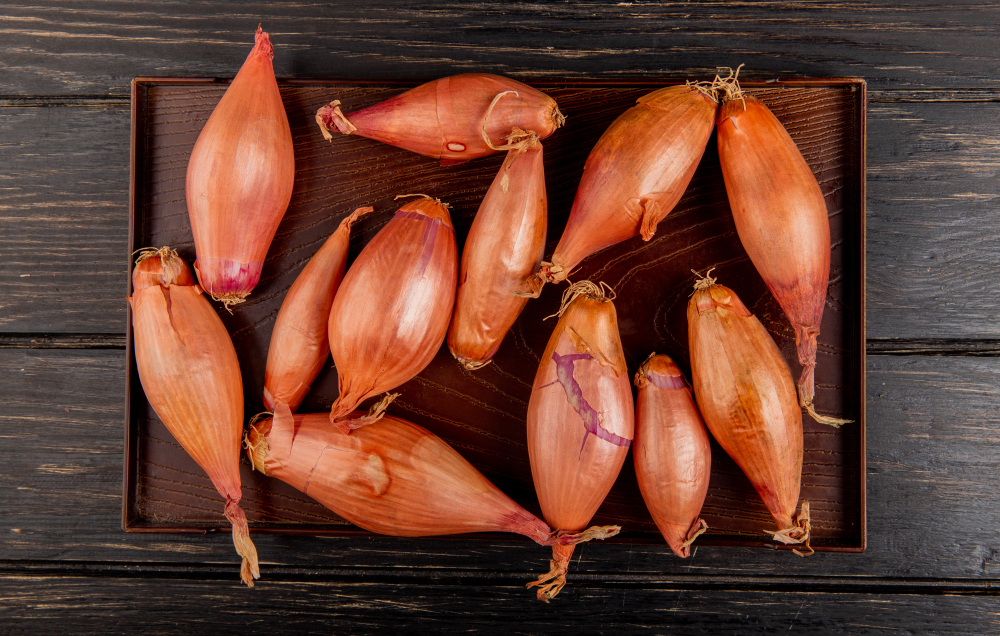
No single ingredient truly mimics garlic in all its complexity, so the key to success is combining a few smart substitutes.
The idea is to recreate garlic’s layers of aromas, sharpness, warmth, and depth by using ingredients that cover different aspects.
For example, you might pair:
- Shallots + Lemon Zest: In a salad dressing or light pasta to mimic the sharpness and freshness garlic brings.
- Leeks + Ginger + Cumin: In a curry or stew to build aromatic warmth and earthy base notes.
- Asafoetida + Mustard Powder: In Indian-style lentils to deliver garlic-like savoriness and kick.
- Fennel Bulb + Horseradish: For a bold, aromatic blend in roasted vegetable dishes or sauces.
If your dish relies on raw garlic, consider using fresh alternatives like garlic chives, lemon zest, or ginger. If it’s about depth from slow cooking, go for caramelized onions, leeks, or celery.
Substitute Suggestions by Dish Type
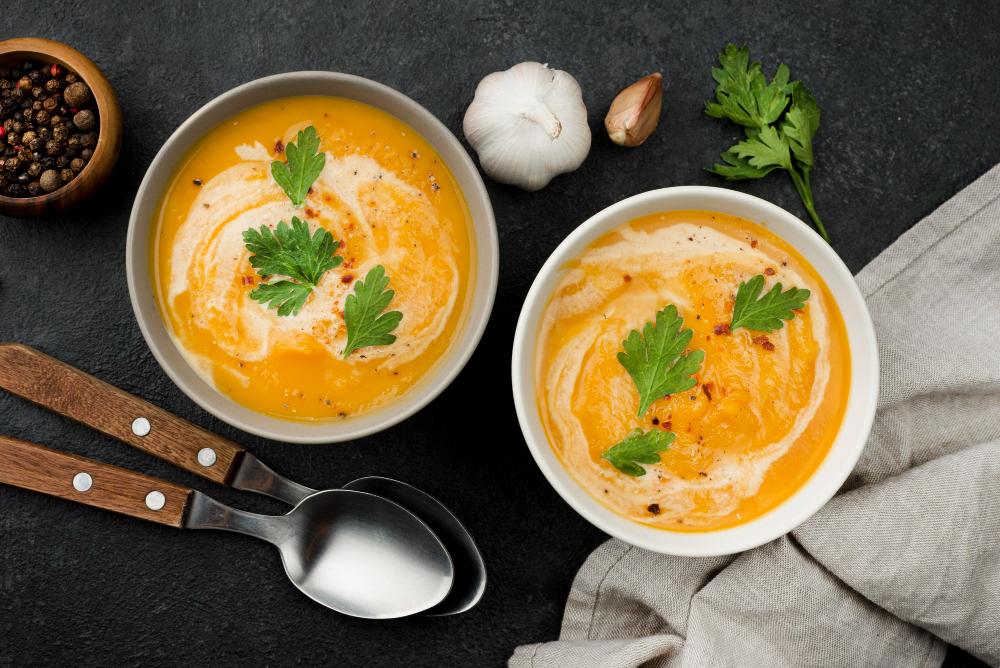
Here’s a quick guide on which substitutes work best for everyday dishes:
Stir-Fries
- Use: Fresh ginger, garlic chives, or a combo of onion and lemon zest.
- Why it works: You want a fast, fresh, high-impact flavor that mirrors garlic’s bite.
Soups and Stews
- Use: Shallots, leeks, cumin, or celery.
- Why it works: These offer slow-releasing depth and body, exactly what garlic does when it simmers.
Pasta and Sauces
- Use: Shallots or onions for the base, finished with lemon zest or mustard powder.
- Why it works: The richness of shallots and the acidity of zest balance creamy or tomato-based sauces.
Dips and Dressings
- Use: Lemon zest, ginger, or a small pinch of asafoetida.
- Why it works: These provide sharpness, tang, and savoriness without overwhelming rawness.
Marinades and Rubs
- Use: Mustard powder, horseradish, cumin, or fennel seeds.
- Why it works: These pack intensity and carry flavor well into proteins.
Quick Garlic-Free Seasoning Blends
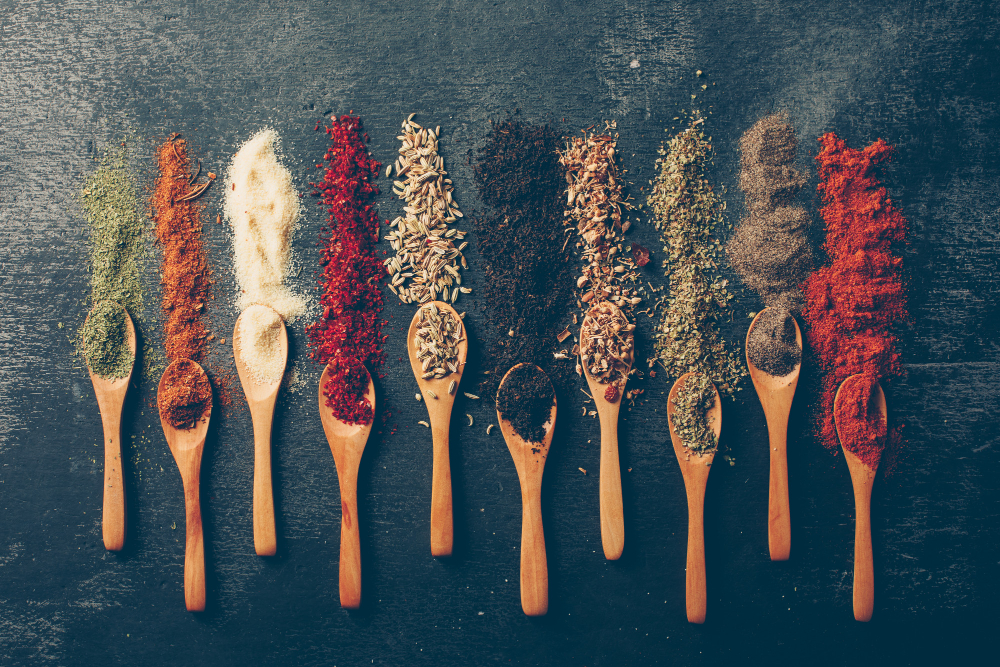
Here are a few go-to blends you can mix at home to keep on hand when garlic’s off the table:
Garlic-Free All-Purpose Savory Blend
- 1 tbsp onion powder
- 1 tsp dried thyme
- 1 tsp cumin
- 1 tsp smoked paprika
- ½ tsp lemon zest (dried or fresh when using)
This mix brings roundness and lift to anything from roasted potatoes to salad dressings.
Indian-Style “No Garlic” Tadka Spice
- A pinch of asafoetida
- ½ tsp cumin seeds
- ½ tsp mustard seeds
- Optional: dried curry leaves, turmeric, chili flakes
Sizzle these in hot ghee or oil and pour over lentils, rice, or sautéed greens.
Mediterranean-Style Zingy Herb Mix
- 1 tbsp dried oregano
- 1 tsp lemon zest
- 1 tsp crushed fennel seeds
- 1 tsp black pepper
- Optional: a pinch of ground coriander
Perfect for roasted vegetables, grilled meat, or sprinkled over hummus.
Final Thoughts: Embrace the Garlic-Free Possibilities
Cooking without garlic doesn’t mean cooking without flavor. Whether you’re avoiding it for health, dietary, or personal reasons, the world of substitutes opens up new creative paths in the kitchen.
By understanding how garlic functions in a dish, whether it’s for sharpness, warmth, depth, or aroma, you can mix and match alternatives that bring your food to life in unique, delicious ways.
When in doubt, layer substitutes
Start light, taste as you go, and don’t be afraid to play. You may find your dishes end up tasting not only garlicky but also better. Head over to Thefoodnom to explore more substitutes.

